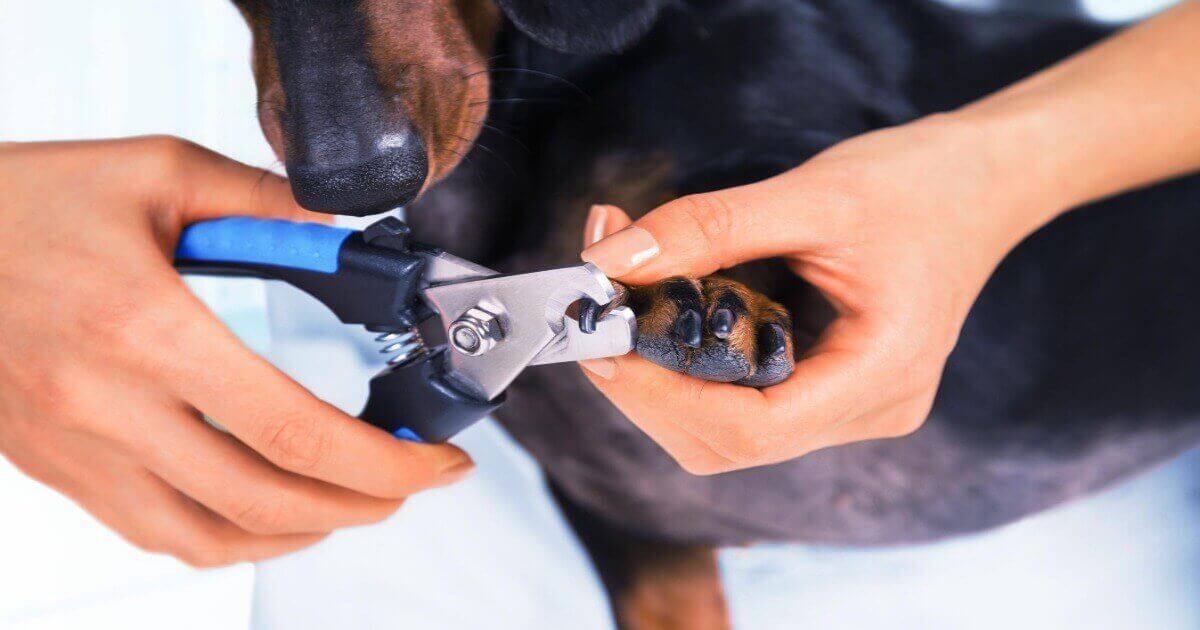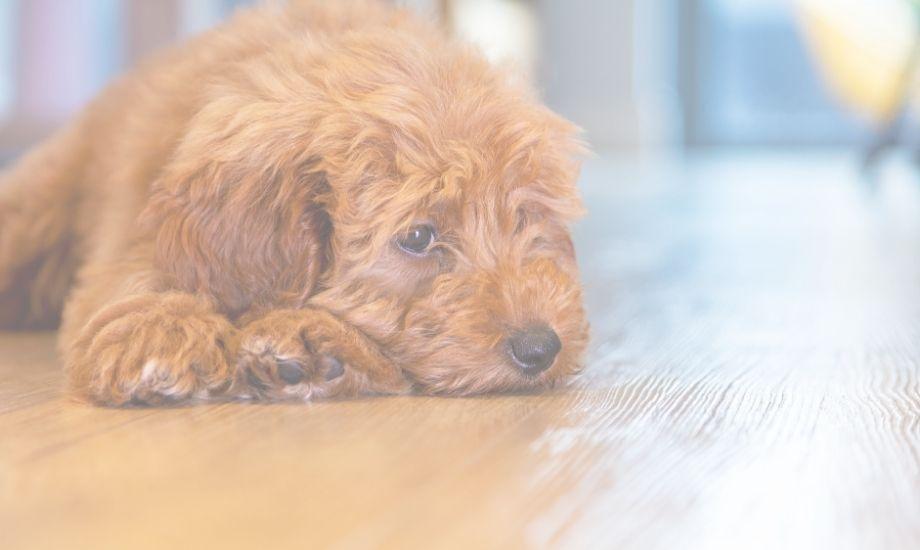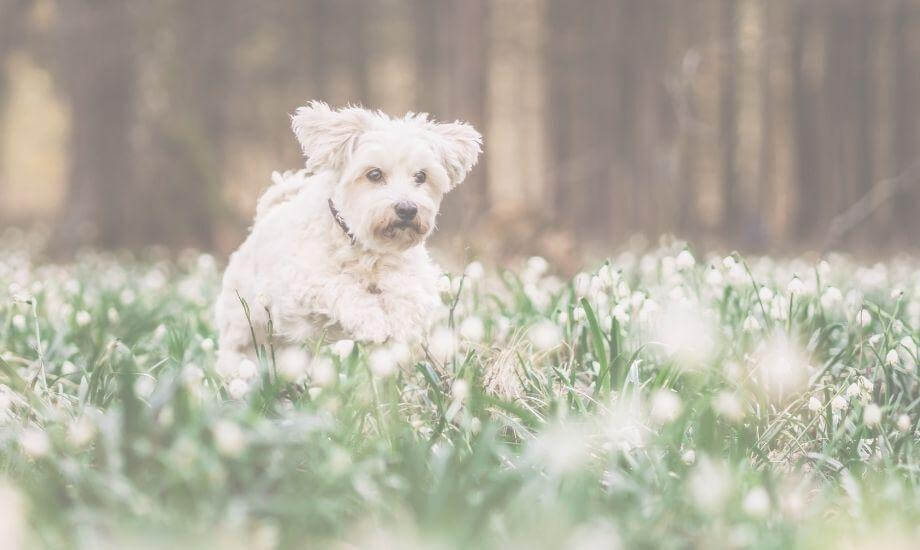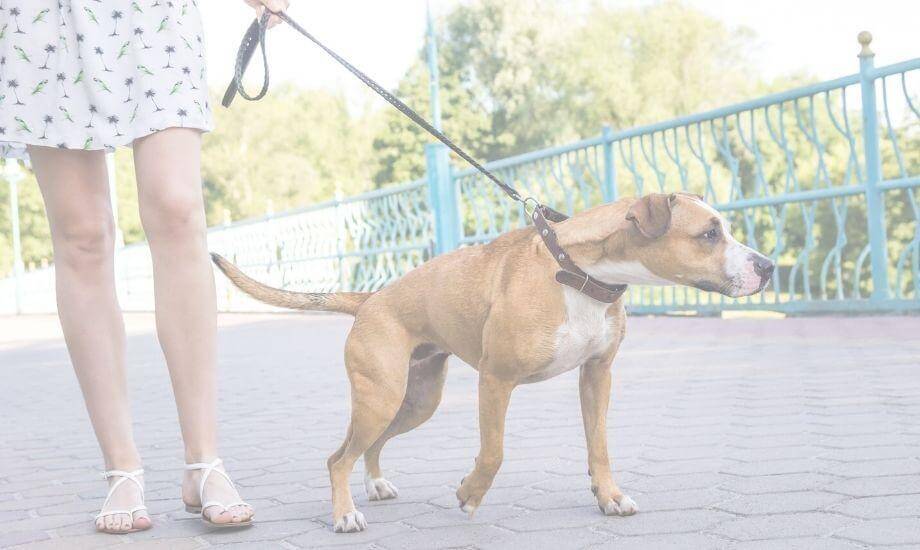Dog nail cutting can be a stressful experience as it’s most likely not the most enjoyable of activities for your pup. But, it’s definitely important for their well-being and comfort.
🐶Why Should You Cut Your Dog’s Nails?
Long toenails can cause pain in your dog's feet. Upon contact with a hard ground, the nails get pushed back up into the nail bed. This either puts pressure on all toe joints or forces the toe to twist to the side. This can compromise your dog’s weight distribution and natural alignment, leaving them more susceptible to injuries. Also, long nails are more likely to get torn or split, which is painful and may end up requiring a vet’s attention.
🐾Here Are The Steps To Proper Dog Nail Cutting
🏆STEP 1: Prepare The Tools
-
Dog nail clippers (scissor clippers or guillotine)
- Guillotine nail clippers are preferred for smaller dogs with thinner nails (most guillotine clippers aren’t quick and powerful enough to cut a large dog’s thicker nails)
- Scissor clippers consist of two blades that come together and cut off your dog’s nail. The squeezable handle allows for more force, making these clippers better for thicker nails on large dogs.
-
Scissors (to cut the hair around the toes)
-
Nail File / Grinder
-
Styptic powder (in case you clip too close to the quick and blood is released)
🐶STEP 2: Get Your Pup Comfy
Sit next to your dog and start to handle their paws, giving treats and praise along the way.
Show your dog the clippers, letting him sniff around. Eventually, start squeezing the clippers (without clipping any nails), all with treats and encouragement.
This can be a slow process if your dog is nervous. Wait until your dog is comfortable with the clippers before proceeding.
🐕Step 3: Define The Cutting Range
Dog nail cutting can be challenging task so, be extra cautious when defining the cutting range, because the nails are supplied with blood and a clip too deep could lead to pain and bleeding. It's easier to define the right cutting range if your dog has clear or light-colored nails. Use a flashlight to help identify the blood supply area. The perfect cutting range is usually right before the quick (aka the vein).
☑️STEP 4: Let's Get Trimming!
Cut in small increments, keeping in mind to ensure your dog is comfortable by rewarding him every so often. If using the scissor-type nail cutter, cut at a right angle to the toenail. If using the guillotine, cut a very small portion of the nail to start. Once you get into the habit of dog nail cutting, the quick will begin to shrink back, making it easier to cut more nail. Place the nail cutter around your dog’s nail, with the solid plate facing your dog. Cut down in one swift, solid movement. Then, move on to the next nail!
🐩Help! I Cut The Quick!
First, don't panic! That will only make your pup nervous. (And don't feel too bad, it happens! Even professional groomers cut into the quick from time to time by mistake)
His nail should stop bleeding after 4-6 minutes, or use styptic powder to stop the bleeding immediately. If however, it doesn't stop after 15 minutes, contact your vet.
✂STEP 5: File The Nail Edges
Use the dog nail grinder to smooth out your pup's nails so that they don’t get caught in clothes, bedding or toys. Snagged nails can tear and be very painful, so don’t skip this step!
🐕Helpful Tips
- Keep treats handy to make the experience more pleasant
- Trim nails in a well-lit room
- If your dog is very stressed, start with one paw as opposed to doing both in one sitting
- Clipping your dog’s nails once or twice a month is a reasonable frequency to maintain the nails at a healthy length
- Don’t forget to cut the dew claw! (on the inner side of the paw) If this one gets too long, it starts to grow into the toe pad which is painful
🐩Keep In Mind
Unattended nails create a vicious cycle: long nails coming into contact with the paws are painful, resulting in them wanting to avoid having them touched, leading to unpleasant nail-cutting sessions (and maybe you putting it off, letting the nails grow even longer before the next attempt).
Final Thoughts
Finally, if you are nervous about cutting your dog’s nails yourself, or your pup is too fidgety, take them to the groomer to get the job done professionally.










